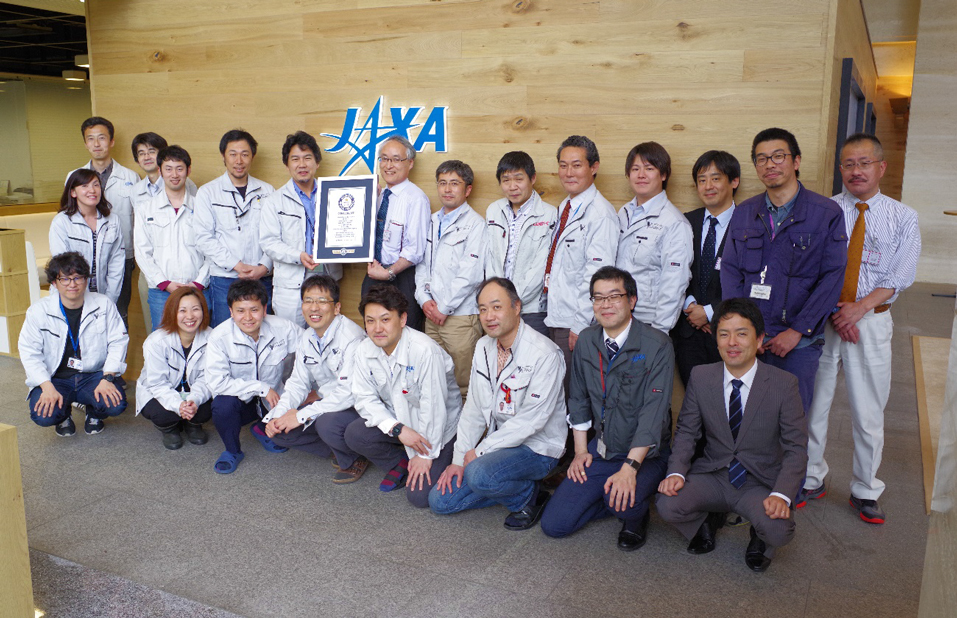Without a big show of success, over the weekend Japan quietly entered the Guiness Book of Records by successfully launching its S5-520-5 vehicle; the smallest orbital rocket to reach space measuring just 9.54 metres in height and weighing 2, 600 kilograms.
The S5-520-5 is an enhanced S5-520 two-stage sounding rocket, upgraded to a three-stage rocket to boost it into orbit - a feat that took less than four and a half minutes after liftoff, making it one of the fastest entries into space ever performed.
The Japanese Aerospace Exploration Agency will no doubt be delighted with the launch as last year’s inaugural test flight of the SS-520-5 crashed into the Pacific Ocean.
The launch wasn’t just about making records, as the SS-520-5 took with it a tiny, three-kilogram satellite payload called “Tasuki”(TRICOM-1R). Its successful deployment now opens up the way for smaller satellites to be placed in orbit on faster and more efficient timescales using a dedicated Nano Satellite Launch Vehicle.
JAXA intends to apply the mission results to conduct experiments and observations in space, while lessons learned in perfecting the technology will be used for orbital transportation services and other capabilities.
Hiroto Habu, Project Manager for the SS-520 No. 5 said; “were it not for Japanese high scientific standard and solid basis for rocket development and operation that our country cultivated for years, the unprecedentedly small rocket launch could not have been a success. I will build on the results and bring them to a higher level.”
Now that the S5-520-5 has proven that it is flight worthy, JAXA hope to fill a niche in the market for smaller, more affordable launches centred around CubeSat technology.
“It is JAXA’s desire to make the small satellite launch system affordable to the part of the world which otherwise could not benefit,” says the agency’s website. “JAXA hopes that the leading technologies illustrated in the SS-520 mission will spread to industries and academia and become available to many.”











